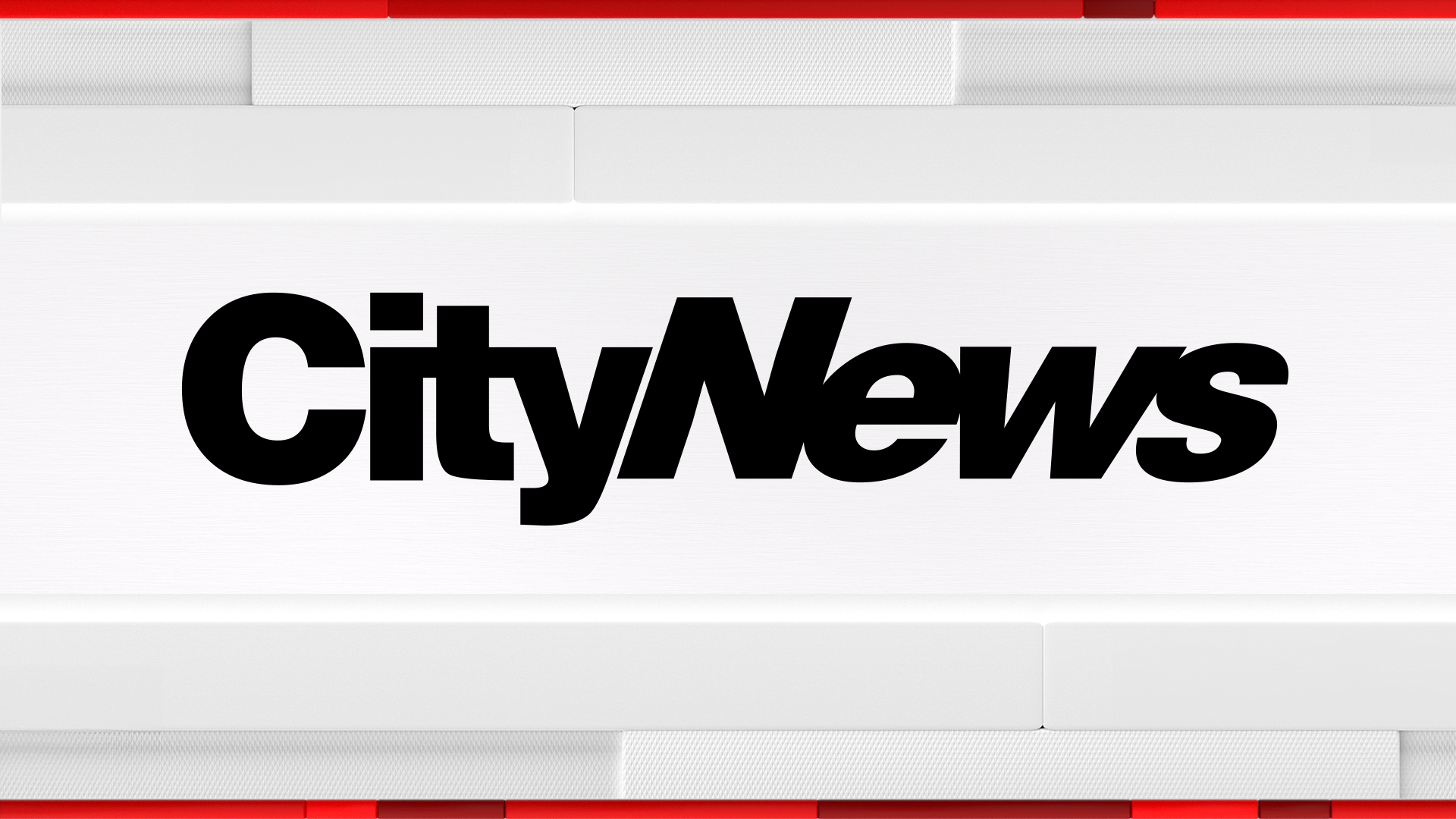The first official shot in a trade war that experts fear will hammer the North American economy could come at any moment, as U.S. President Donald Trump is expected to impose heavy tariffs on Canadian and Mexican imports beginning today — with oil and natural gas escaping the hit until Feb. 18.
A quiet Saturday morning has left observers waiting with bated breath for official news out of the White House. The precise timing and scope of Trump’s tariff plan — and whether there will be any room to wiggle out of the surcharges — is still up in the air. And so is just what Canada would do to retaliate.
As of Friday evening, there still hadn’t been any official executive order signed by Trump about the tariffs on the U.S.‘s neighbours and largest trading partners. Trump had no public events scheduled for Saturday, according to a White House release.
The president travelled to his Mar-a-Lago resort in Florida Friday night and went to a golf course in West Palm Beach Saturday morning.
Trump announced late Friday afternoon that he’d be imposing across-the-board 25 per cent tariffs on imports from both neighbouring countries Saturday, but would hold off placing a 10 per cent tariff on Canadian oil and gas until Feb. 18. He’s also said the U.S. would impose a 10 per cent tax on imports from China.
“You see the power of the tariff,” Trump told reporters Friday. “Nobody can compete with us because we have by far the biggest piggy bank.”
On Thursday, Trump suggested that he’d consider not putting tariffs on Canadian oil and gas, as long as they were being sold “at the right price.”
Foreign Affairs Minister Mélanie Joly said Friday night in Washington, D.C., that it was still not clear what would happen after Trump’s latest comments.
The federal government has said it has multiple options for retaliatory tariffs ready to deploy, depending on what Trump ultimately does.
Prime Minister Justin Trudeau, in remarks Friday morning before meeting with an advisory council on Canada-U. S. relations, said he would not “sugar-coat” the impact that tariffs could be expected to have on Canadian exports and the overall economy.
Ontario Progressive Conservative Leader Doug Ford said Saturday he is waiting to see what materializes. At an election campaign stop in Brampton, Ford said Trump was clear that he would move forward with “reckless tariffs.”
“To President Trump I can only say this: this is not a smart move. It’s selfish,” Ford said. “It not only hurts Canadians, it hurts your own people.”
Ford, who has used the tariff threat as a justification for his snap election call, reiterated his message for Canada to “hit back strong.”
Some economists say Trump’s threatened 25 per cent “across the board” tariffs would put Canada into a recession, with estimates that U.S. tariffs could cause up to a three per cent drop in economic activity here.
In 2023, the most recent year for which annual data is available, Canadian exports to the U.S. totalled $594.5 billion (Canadian), according to official statistics from the federal ministry for Innovation, Science and Economic Development.
In top spot at $130.3 billion? Crude oil. Other petroleum products being shipped to our southern neighbour added up to another $36.6 billion.
Even the U.S. government’s own trade figures show that America imports hundreds of billions of dollars of products from Canada. Through the first 11 months of 2024, the U.S. brought in $377.2 billion (U.S.) in Canadian imports. (That’s $542.5 billion Canadian).
The second-biggest component of Canadian exports to the U.S. is the automotive industry, which is highly-integrated on both sides of the border.
Canada exported roughly $75 billion in cars, trucks and automotive parts to the U.S. in 2023. Industry insiders say some materials cross the Canada-U. S. border several times en route from raw material to finished vehicle.
It is possible that the tariffs could be short-lived if Canada and Mexico can reach a deal with Trump to more aggressively address his administration’s concerns over illegal immigration and fentanyl smuggling, and to correct what he calls unfair trade deficits. Trump’s move against China is also tied to fentanyl and comes on top of existing import taxes.
With files from Tonda MacCharles, The Canadian Press and the Associated Press



